In essence, content marketing is all about storytelling – and it’s been around ever since humans could speak.
In the last 5 years, however, content marketing has gained tremendous momentum.
From a killer blog post to a killer Tweet, content marketing has become one of the most effective ways for businesses to reach their target audience and drive traffic to their websites.
Search engines were around before to this surge in content creation. And, they remain as important as ever, continuing to deliver the most useful, relevant information to users – many of them your target audience.
But a myth floats around in many marketing circles when it comes to search engines and content.
It goes like this:
SEO and content marketing are the same.
That, essentially, you can use the terms interchangeably. That, if you do one, then you don’t need the other. That, if you have an SEO consultant working on your marketing strategy, then there’s no need for an actual content marketer.
Uhmm…
Not always.
Sure, content marketing and SEO are both partners working on the same team.
Both have their own talents and ability to put together a kick ass marketing strategy that brings a business results. And both know that search engines are the most powerful channels for delivering readers to the content that’s produced.
What’s more? SEO and content marketing bring staple, repeat traffic to your website and foster relationships with your target audience.
But, while content marketing and SEO can work together brilliantly, savvy marketers know that each has a distinct role in bolstering a company’s visibility.
Content can exist without SEO, but SEO brings eyeballs to that content. And where would an SEO consultant find himself–in this modern era of search engine optimization–without a great content marketer who knows how to write high-quality content?
Take it from Rand Fishkin, who writes,
It’s a ‘huge challenge to get high authority links without content marketing.’
I’ve shown you 4 tactics to build links without writing fresh content.
But there are limitations to them.
In this post, I’m going to provide you with an SEO cheat sheet that boosts your content marketing efforts.
1. Google Hummingbird brought this important factor into focus, in its continued effort to take care of its users
Back in the day, many an SEO consultant’s role was stuffing keywords into one blog post after another in an aim (and game) to boost search results.
This gave birth to what’s known as ‘black hat SEO,’ where marketers shunned the human experience and manipulated search engines. A blog post wasn’t about engagement and reaching one’s target audience through useful information.
It was about driving search results.
Soon enough, Google launched an attack on black hats with its Panda algorithm update. Then, the search engine forever changed the landscape of SEO and content marketing with the introduction of Hummingbird.
The update has introduced a new factor that has dramatically altered the way users interact with search engines – and how both SEO and content marketing strategists do their jobs.
I am talking about context.
No longer does Google rely on the use of EXACT keywords on a page to judge its relevance and bring you search results. Also? You can no longer rely on stating facts on your webpage to get first page rankings.
As a content marketer and SEO strategist, you also need to understand the intent behind the user’s search.
Ask “why” people are searching for the information, instead of simply answering “what.”
Google relies on the searcher’s keyword history, personal data, past behavior and other data, to give searchers the most relevant links to their queries.
So, when you search for “Chinese food,” you’re understood to be looking for nearby restaurants. And, that’s why Google pops up its map results.
But, when you search for “great Chinese food”, Google serves you articles on Chinese cuisines.
So, what does context mean for your content marketing strategy?
Craft conversational content that reads naturally. Instead of using keywords exactly and repeatedly in your article, break down each word in the query to make it meaningful.
Your aim should be to explore the relationships between the individual keywords and make your page match that meaning.
Traditional keyword research hasn’t lost its shine. And, you should continue to use keyword research to develop your content subjects and shape your marketing strategy, taking keyword volume into account with each blog post and piece of content you publish.
But, also use tools, like FAQFox, to find the exact questions that your audience is searching with. Then, seek to answer them in your blog post with an eye on value and relevancy.
Brian Dean used this marketing strategy (although without a tool) to get a berth in the top spot in Google.
Another great content marketing tip? Sprinkling LSI keywords (technical word for synonyms) in your content, rather than repeating your primary keyword, also helps Google to understand its theme – while also helping you see a rise in your search results.
And, since long-tail keywords tell much more about the searcher, it’s easier to create focused-content for them.
Remember, your marketing strategy should be about leveraging a blog post or other piece of content to meaningfully engage with your target audience. Those search results will come naturally if you incorporate long-tail variations of you target keyword. Google will reward you for this marketing effort.
But, as much as we can discuss keywords alone, it’s the user demography that really matters in understanding intent and creating real search results.
So, as a content marketer, you’ve got to develop a clear profile of your customer.
Start by listing their demographic data and major pain points.
You also need a better understanding of the kind of keywords that your target demographic is typing inside Google (and their stage in your funnel). Then, target these keywords, providing relevant info.
If you’re willing to do some technical wizardry to up your changes of reaching your target audience, then here’s a strategy Andrew Ruegger uses for pulling this demographic data from Google’s Keyword Planner.
Enter your keyword and click on the ‘Get ad group ideas’ button.
Now, you’ll get the following screen with some age, gender and device info.
Since these charts are appearing, the data on all keywords is going to be present in the source code. You just need to capture it and get your clean dataset of demographic info.
When you collect data for all of the keywords (it took Andrew 4 to 5 hours to collect data for approximately 700 keywords), you can get great insights.
Here’s how Andrew’s data on “smartphones” looked (they used TIBCO spotfire for visualization).
They also created filters for the user’s stage in their funnel.
And, here’s the demographic data, filtered by keyword.
Andrew found interesting insights from this analysis, including the fact that Google phones and MetroPCS had the largest group of older searchers, while Apple and Samsung had the youngest group (and they were also searched 10% more on mobile devices).
Care to dig into the demographic data for your keywords? It might one of the top content marketing strategies around.
2. Connect your content with a larger audience with keyword data
The major reason for performing keyword research isn’t to please search engines, even if it will have an impact on your search results.
Instead, this content marketing strategy is about finding the EXACT phrases being used by your target audience to express their pain points, then incorporating them into your blog post and other content so that it resonates with your audience.
Copyblogger sums it up aptly, “Keyword Research is essentially market research.”
When you write in the language that your audience is using in search engines, you’ll not just end up writing engaging content, but you’ll also get higher search traffic.
Suppose you, as a content marketer, decided to use the phrase “power toothbrush,” in your company’s new dental product description.
But, when you plugged the keyword in the Keyword Planner, you found that people are searching for a related term “electric toothbrush,” 37 times more.
Given that both the keywords are relevant to your product/content theme:
Isn’t it a no-brainer which keyword you should incorporate in your product copy or blog post?
In a practical content marketing scenario, you’ll also need to assess the keyword competition (off-page SEO), as well as the on-page factors.
Only then can you find the right keywords that are within your reach and that make sense for you to target.
Low competition keywords generally contain pages that have Page Authority and Domain Authority that is less than 10 (as displayed by Mozbar) in search results.
Most industries won’t have such low authority domains in the search results (at least on the first page).
You’ll most likely be competing with brands. So, you also need to assess the type of content that’s ranking for your target keyword right now.
Take your marketing effort further by finding the right balance between your resources, budget and desirable traffic. I show you the 4 steps for effective keyword analysis here.
3. Find your ideal content format for every piece and reflect on your content frequency
There are so many ways to present your content. You can write a blog post, craft an infographic, produce a video, record a podcast and do so much more.
How do you decide the ideal format for every piece?
There are a couple of ways. Let’s look at both of them.
1. Look at the existing pieces of content that rank for your target keyword (as we have discussed in point #2 above).
Let’s suppose that your target keyword is “how to create an infographic.” Then, you’ll find the following results.
As you can see, people are mainly looking for tools to create infographics. If you don’t have an infographic creation tool, then you can either compile a list of creation tools, like Creativebloq, or share templates for easy creation, like HubSpot.
Another great content marketing strategy? Consider creating a video tutorial.
Note that if your target keyword competition consists of eCommerce listings, then you can’t beat it with a piece of content. So, drop the keyword from your targeting list.
Overall, as I mentioned in point #1, you’ll need to serve the user, first and foremost, by finding his or her intent behind the search.
2. Look at your historical analytics data.
When I plug my website inside BuzzSumo, I can clearly see that my target audience loves reading about tools (2 articles on tools made it to the top).
Further, they like in-depth articles – all of the above 4 articles are 4000+ words. (Unless you’re Seth Godin, gone are the days when a 300-500 word blog post worked.) Including the comments and other text, all of the webpages contain at least 6000 words.
Similarly, at Quick Sprout, 3 of my top 5 posts have been about tools.
If you’re eager about exact numbers, then I would suggest that you log into Google Analytics and find out the characteristics of posts that have received maximum conversions.
Note: You also need to consider your content marketing goals and available resources for choosing a format. I used to publish many infographics at Quick Sprout. But, I noticed their fading ROI when many marketers started using them.
So, even though some of my most popular posts were infographics, I stopped producing them. Instead, I pivoted to mostly long-form content, which provides a better ROI. In other words? Stay apprised of your industry.
Next, you also need to decide the content frequency that’s wanted by your target audience.
As I’ve already shown you in my content frequency article, if you get a majority of your traffic from search engines, then you can get away with posting a smaller number of articles.
But, if you’re a viral website relying on social media for your traffic (think BuzzFeed), then you’ll need to pump out much more content.
Find out the breakdown of your traffic numbers from your Google Analytics reports and start with a frequency that suits your budget and available time.
Once comfortable with your publishing schedule, I would recommend performing a test to find out if your optimal publishing frequency is higher or lower.
In any case, one content marketing strategy that should never be ignored is this: pushing out more quality content is helpful for giving you more chances to rank in search engines.
Depending on the format of your content, you may need to stay more or less consistent in your publishing.
Note that crafting a piece of content isn’t a one-time thing, either. HubSpot repurposes one piece into different formats, to appeal to different personas in different stages of their funnel.
4. Perform regular SEO audits and technical SEO optimization
Once your content marketing efforts have gained momentum, you should regularly check your search console and GA reports.
Find the keywords for which your content is getting ranked and discovered.
Then, be sure that you incorporate long-tail and LSI versions of these keywords in your content.
Such content ‘spring cleaning’ will help you earn more search engine traffic. I’ve used this strategy to grow my traffic from 120,365 visitors to 174,496 visitors, in a year.
Finally, I would recommend that you take technical optimization into account.
As much as search engines have gotten smarter in understanding content on webpages…
you can still take the lead, by leveraging schema markup and fixing user experience issues on your website.
HubSpot increased their organic traffic, by over 50%, with 7 technical SEO updates.
Similarly, Ahrefs also fixed their broken links, other technical SEO issues and sped up their site.
They even deleted 179,158 words worth of content from their blogs.
The result?
89% growth in search traffic, within 3 months.
Conclusion
Let me recap the 4 necessary SEO considerations for ensuring stellar content marketing:
- Context
- Keyword volume and competition
- Content format and content frequency
- SEO audit for content spring cleaning and technical SEO
One last, quick tip: To accelerate your content marketing strategy, consider checking out a Google search operator to narrow your search queries and discover prime ideas for link building.
Taking care of these aspects will put you ahead of most of the competition – you know, those folks who believe that content marketing and SEO are one and the same. Your overall marketing strategy will flourish because of it.
What’s your favorite content marketing cheat sheet? And what has been your experience with combining SEO and a content marketing strategy?

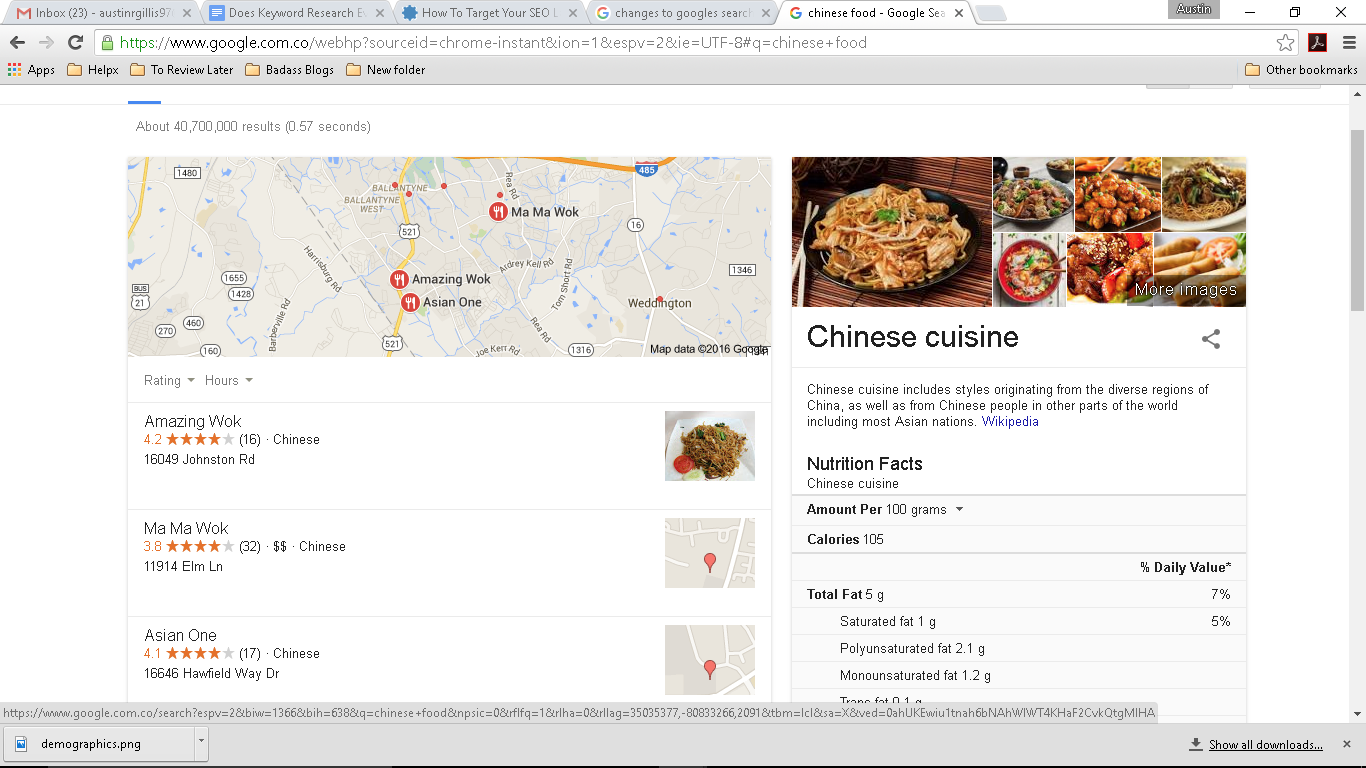
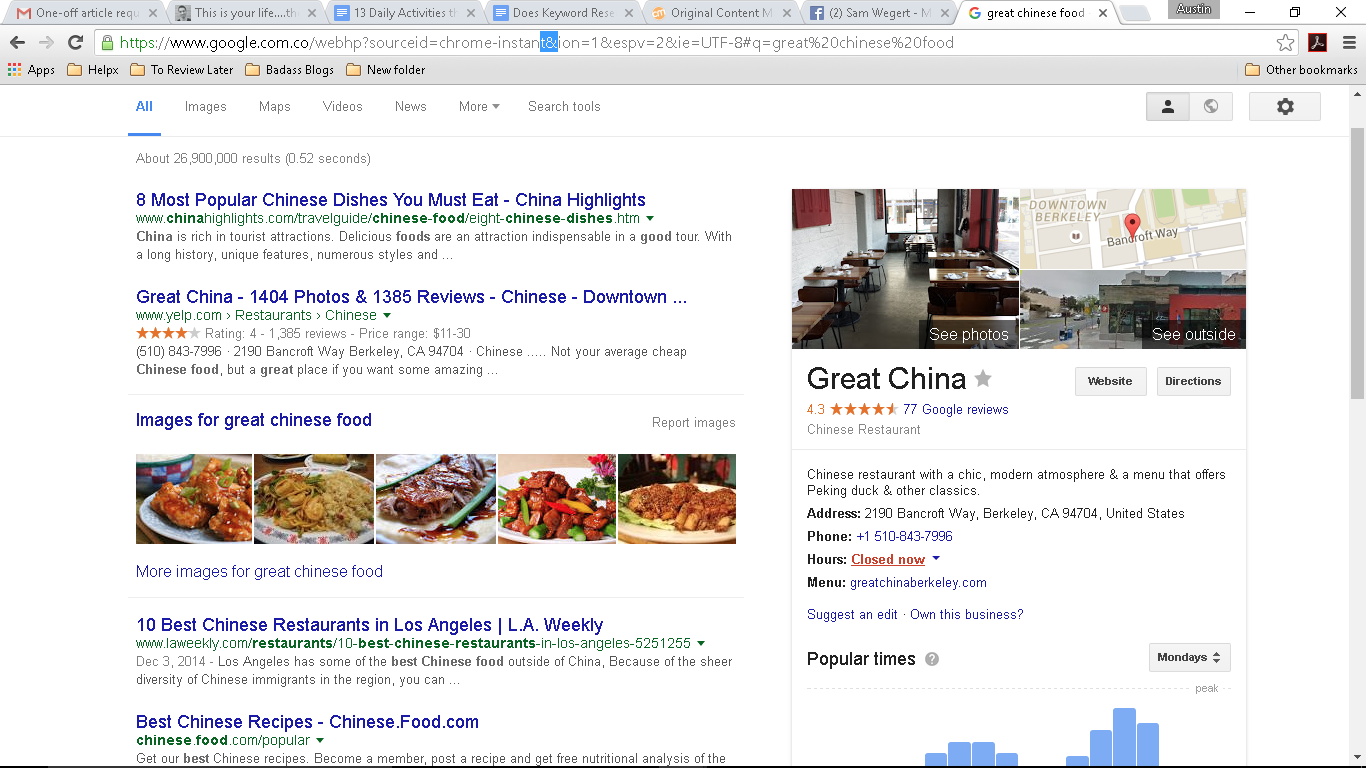
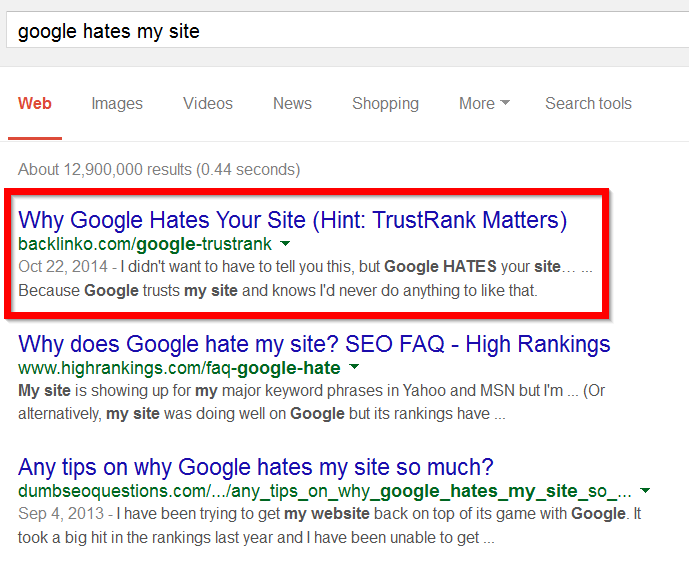
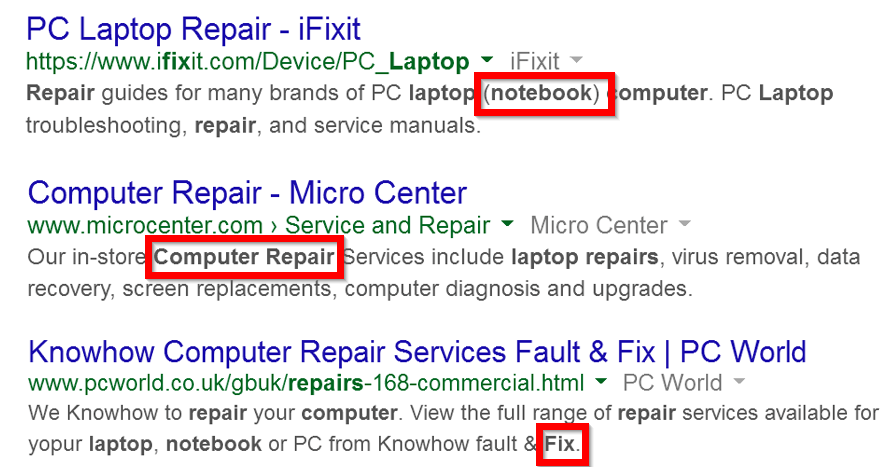
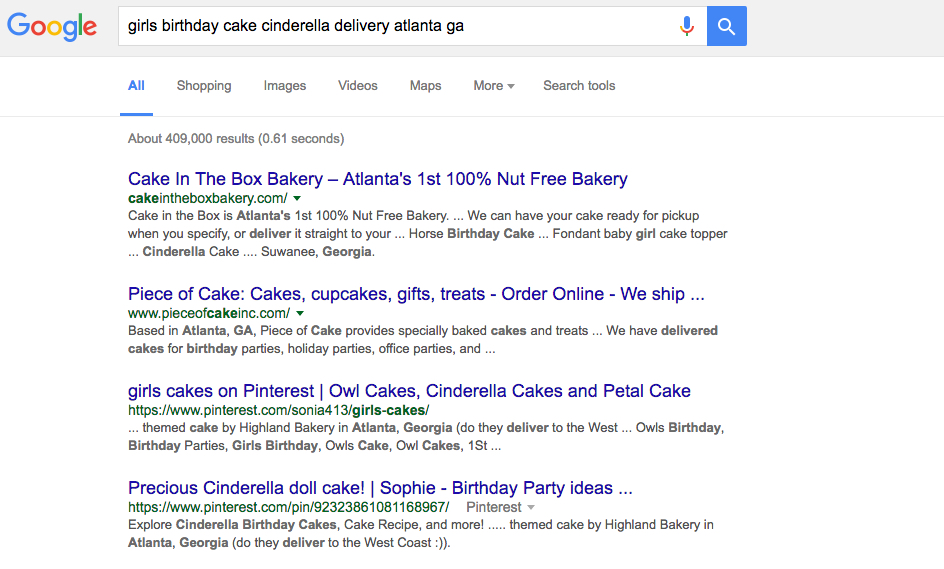

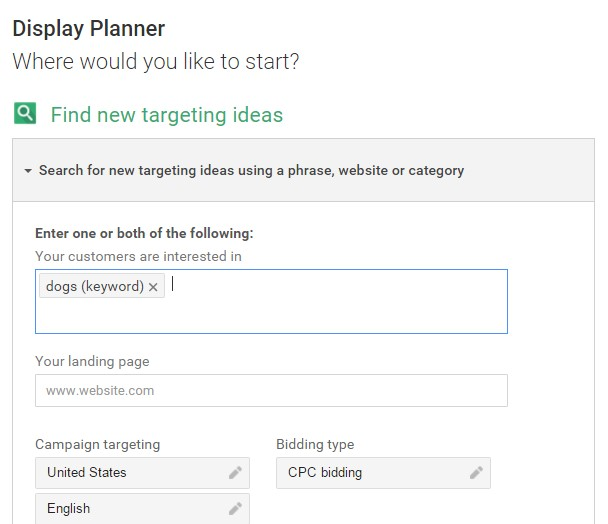
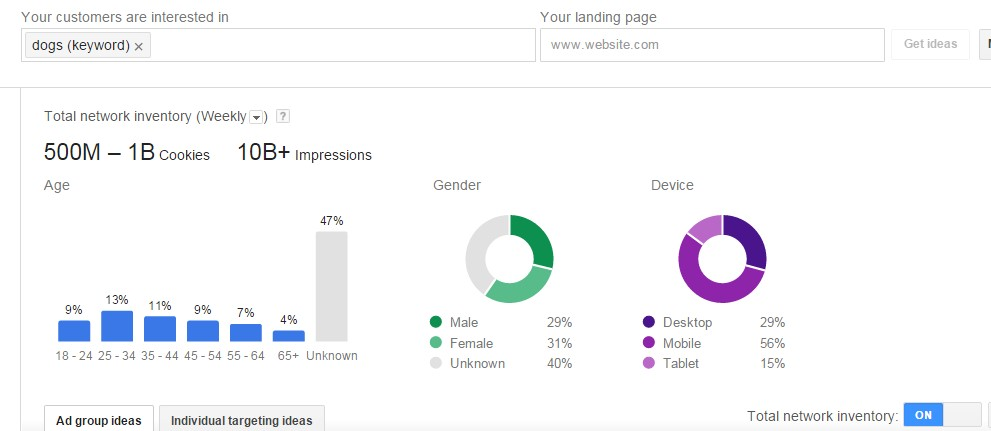





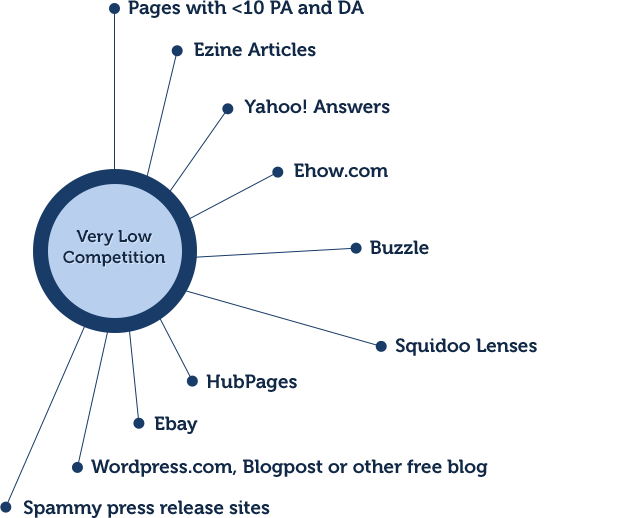
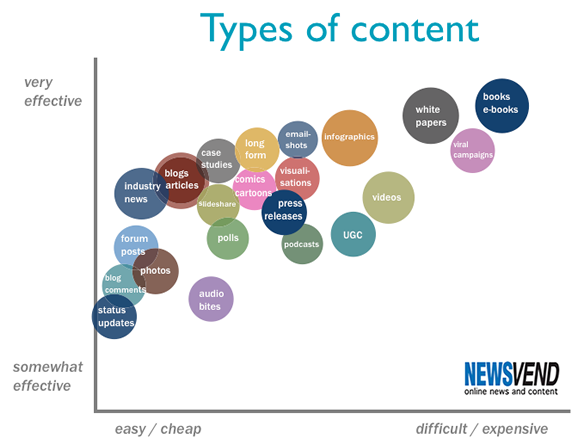
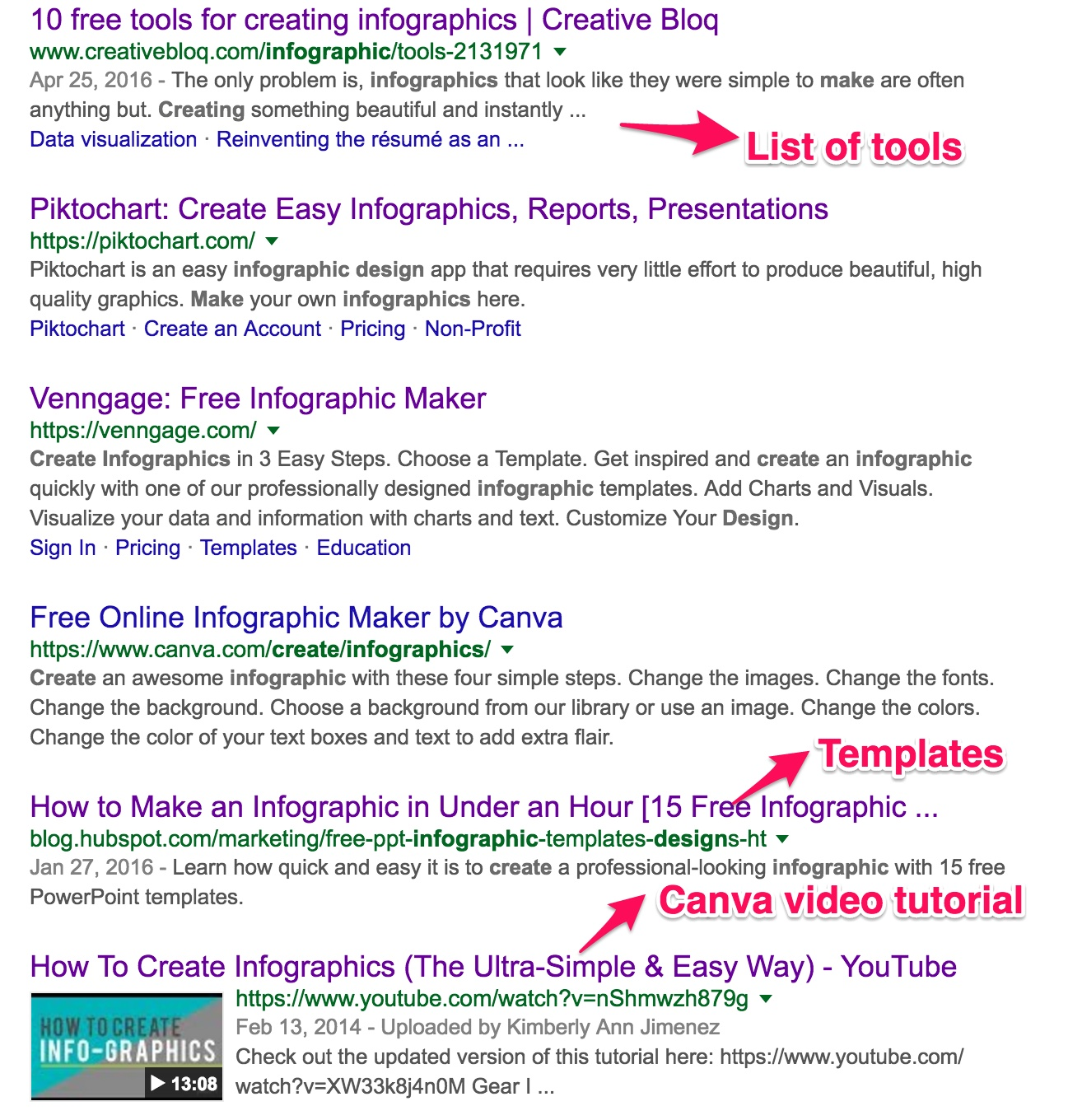

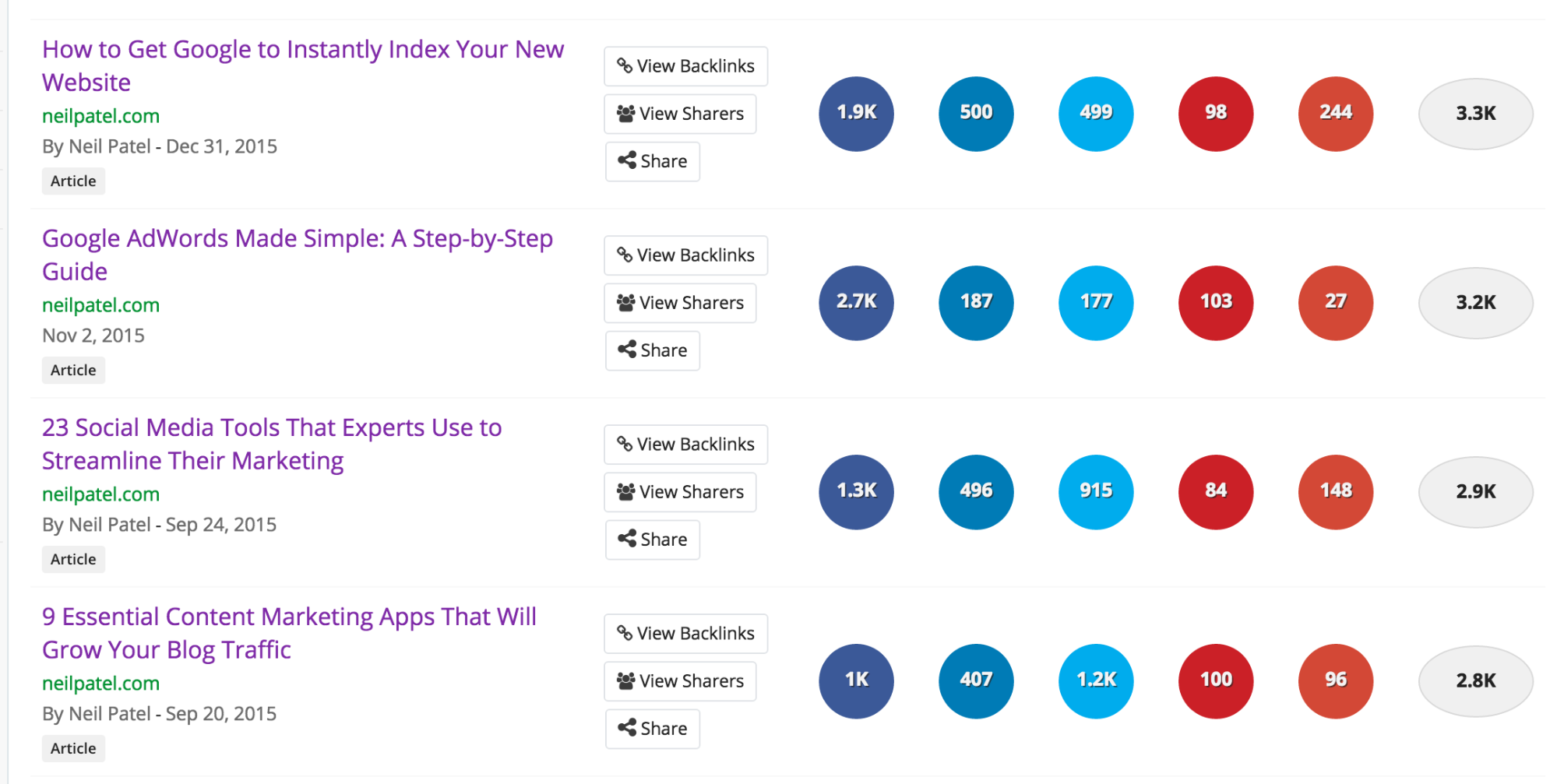
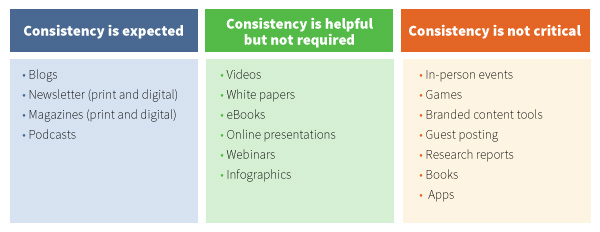
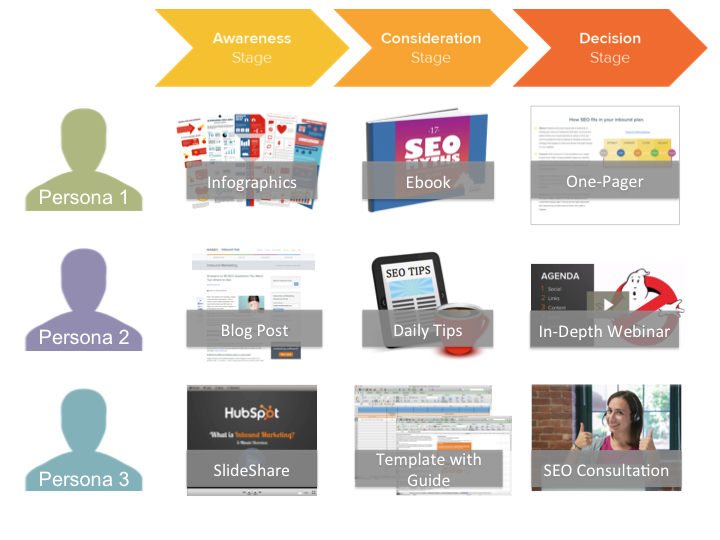
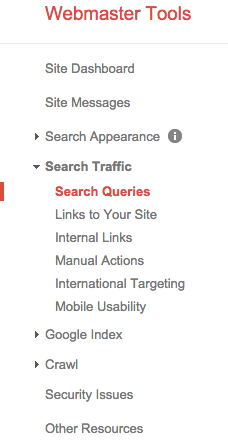
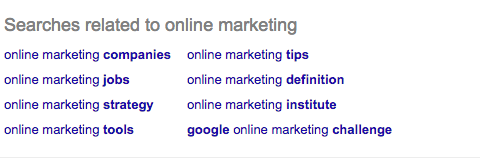
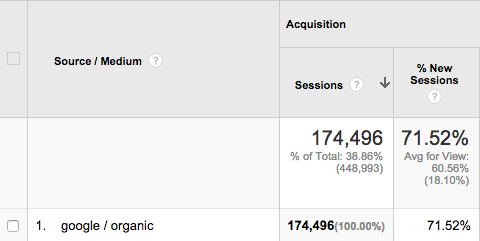

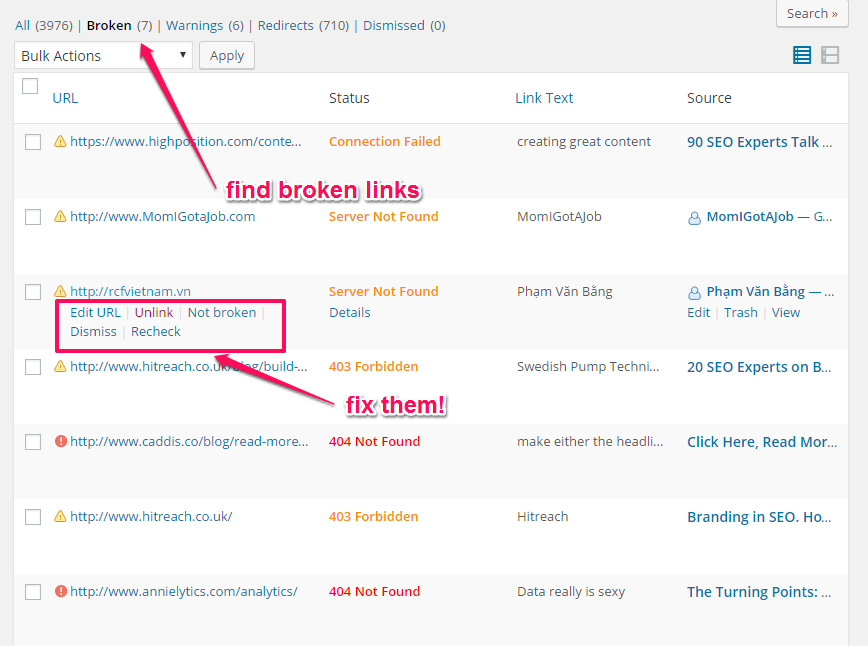

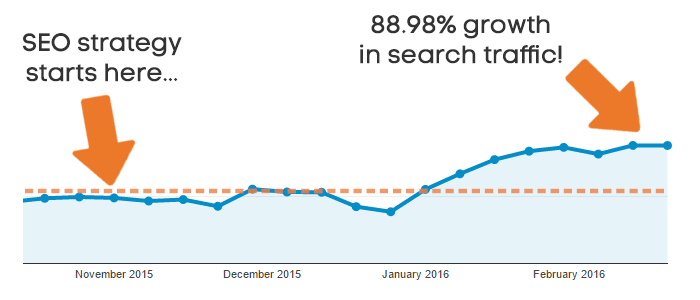
Comments (55)